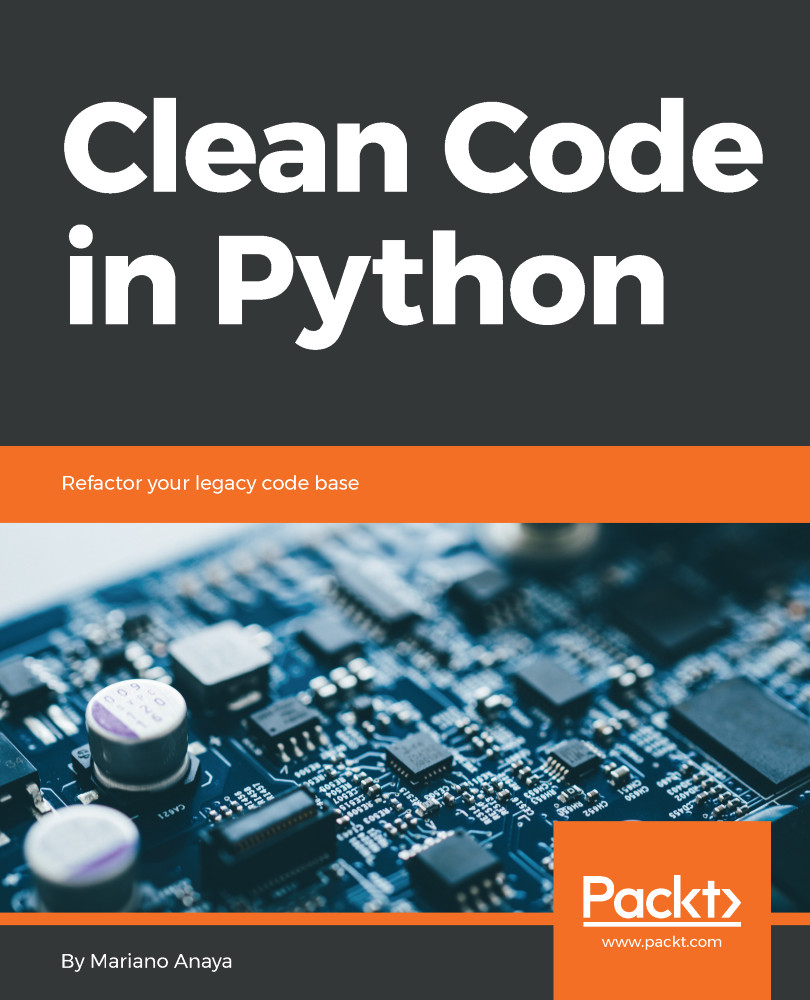It is possible (and often convenient) to define objects that can act as functions. One of the most common applications for this is to create better decorators, but it's not limited to that.
The magic method __call__ will be called when we try to execute our object as if it were a regular function. Every argument passed to it will be passed along to the __call__ method.
The main advantage of implementing functions this way, through objects, is that objects have states, so we can save and maintain information across calls.
When we have an object, a statement like this object(*args, **kwargs) is translated in Python to object.__call__(*args, **kwargs).
This method is useful when we want to create callable objects that will work as parametrized functions, or in some cases functions with memory.
The following listing uses this method to construct an object that...


